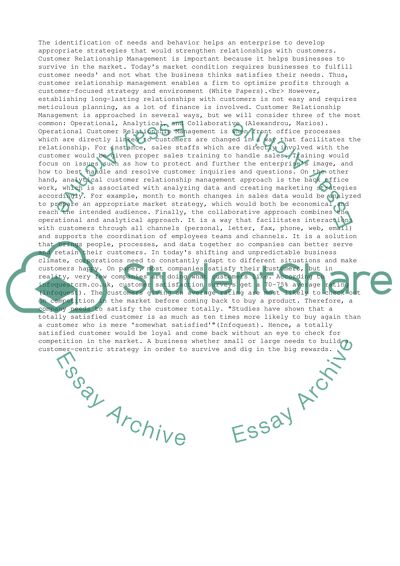Cite this document
(“Development Strategies for Customer Relationship Management Case Study”, n.d.)
Development Strategies for Customer Relationship Management Case Study. Retrieved from https://studentshare.org/management/1503669-strategic-information-management-essay
Development Strategies for Customer Relationship Management Case Study. Retrieved from https://studentshare.org/management/1503669-strategic-information-management-essay
(Development Strategies for Customer Relationship Management Case Study)
Development Strategies for Customer Relationship Management Case Study. https://studentshare.org/management/1503669-strategic-information-management-essay.
Development Strategies for Customer Relationship Management Case Study. https://studentshare.org/management/1503669-strategic-information-management-essay.
“Development Strategies for Customer Relationship Management Case Study”, n.d. https://studentshare.org/management/1503669-strategic-information-management-essay.


